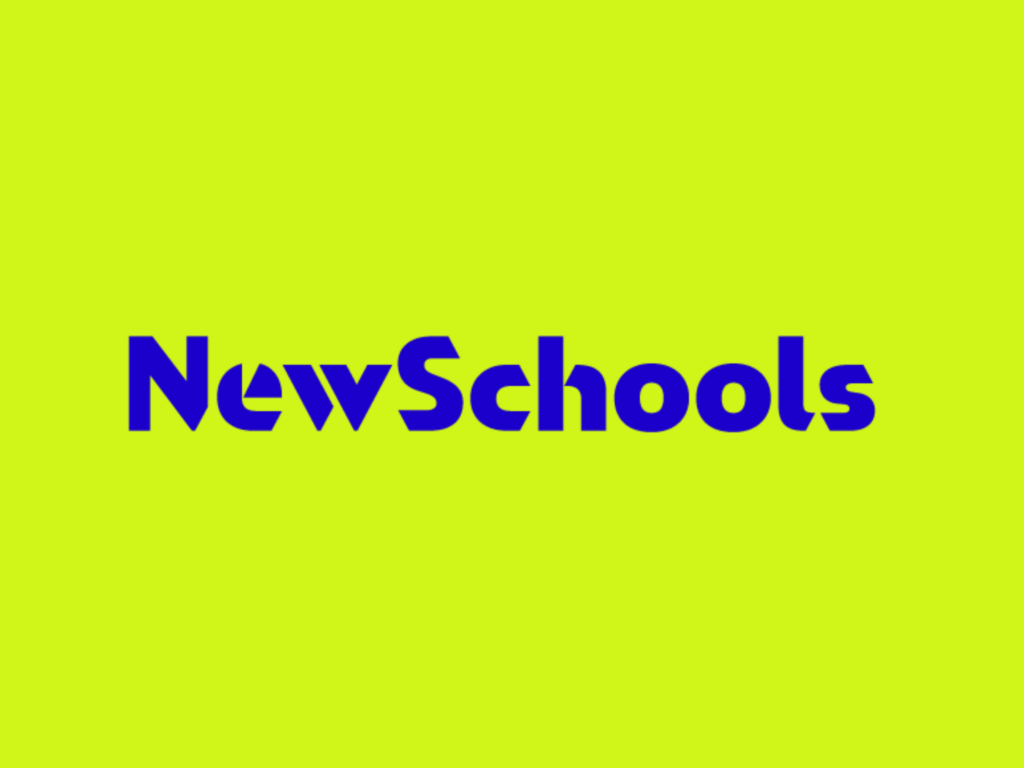Conventional wisdom says the only thing rarer in Silicon Valley than political activism is political consensus. In this case, conventional wisdom is correct. Which is why what happened last April 2 was nothing short of extraordinary.
On one coast, at San Jose’s Stonesgate Elementary School, Jim Barksdale spoke for a group of high-technology executives that included Gil Amelio, Eric Benhamou, John Chambers, Bernie Gifford, Andy Grove, Brian Halla, Floyd Kvamme, Scott McNealy, John Morgridge, Les Vadasz, and Jerry Yang.
On the other coast, Marc Andreessen, Steve Case, Esther Dyson, Jonathan Grayer, John Kernan, Gilman Louie, Kim Polese, and others joined Bill Clinton and Al Gore in the White House. Linked by satellite and a shared vision, these entrepreneurial leaders (representing more than 300 CEOs) had something to say—and about public policy, no less.
Now, understand: these folks aren’t natural allies. Their companies are fierce rivals. And politically they’re all over the map—from neoconservative to neoliberal and from libertarian to faintly left-wing. Yet on one issue these CEOs stood on common ground. It is an issue of singular importance to the new global, networked economy that the high-tech industry is helping to build. The issue is education.
Yet another call for more computers in the classroom? For wiring the schools? No. It was a call for something at once simpler and far more ambitious: a call for every governor, education official, and school board to push their states to adopt high, rigorous national education standards. It was a call to transform our KÂ12 school system so that by 2000 every 8-year-old is being tested in reading and every 12-year-old is being tested in math, with the results published each year in a state-by-state, school-by-school, and class-by-class education report.
In business, keeping quantifiable track of outcomes is an understood necessity. As Intel’s Andy Grove puts it, “If you don’t measure it, you can’t manage it.” The case for applying this same logic to education is, you would think, equally obvious. “This is common sense,” Mr. Barksdale, a veteran of FedEx and McCaw and now of Netscape, says. “Can you imagine a $300 billion a year business that doesn’t measure its results?”
It is, in fact, an accurate description of the U.S. public school system. So far six states—Kentucky, Maryland, Massachusetts, Michigan, North Carolina, and West Virginia—have committed to adopting national education standards. California is considering joining them. That’s a start, to be sure: those seven states account for 20 percent of America’s kids. But it’s only a start. And the situation is getting desperate.
The crisisCrisis is the right word to use in discussing the state of education. Among America’s 8-year-olds, fully 40 percent are reading below grade level. When kids aren’t getting it, not learning or making progress, they turn off to education. They fall further and further behind. And then, all too often, we lose them forever.
Our KÂ12 public education system is, in the strictest sense, a state-run monopoly rife with “social promotion.” Which means: so long as you don’t make too much trouble, you ride the conveyor belt from grade to grade regardless of how much you learn or whether, indeed, you learn at all.
Outcomes don’t matter until you get to college. Then, suddenly, outcomes matter—a lot. In California, for example, an astonishing 60 percent of incoming college freshmen are forced to take remedial English or bonehead algebra classes just to stay afloat.
Why does this matter? Because in the new knowledge-based economy, even the jobs on the factory floor require fairly sophisticated symbolic reasoning. You can’t run a wafer stepper at Intel without being able to do statistical process control. And you can’t do statistical process control without being able to do algebra.
By failing to teach more than half our kids the most elementary of skills, America’s KÂ12 system is leaving them fundamentally ill equipped to survive in this new economy. It’s hard to imagine a more searing indictment—or one with more dangerous consequences for the new economy itself.
The new economyLet’s be clear. The campaign by high-tech leaders for education reform is one that’s deeply self-interested. Without it, the new economy will face huge obstacles.
By now, everybody has heard about the new economy. Its pillars are the microchip, the PC, the Internet, and genomics. Between 1980 and 1990, PC companies grew from zero to $100 billion in revenues and market value. The industries emerging around the Net are expanding at least three times as fast. For Internet entrepreneurs, “normal” growth is 6 percent a month.
Such growth is unprecedented, and so are the broad economic benefits. In Silicon Valley unemployment is at 3 percent. Wages are at an all-time high. Upward mobility is not just for those at the top of the ladder. Everyone seems to be moving up—and unlike the situation in so many places in the United States, the gap between the richest and poorest in Silicon Valley isn’t widening.
This isn’t happening only in Santa Clara County. It’s also happening in Austin, in Denver, in Seattle, in Boston, in Raleigh-Durham, in Salt Lake City, and in South Dakota. The new economy, we’re discovering, isn’t a strange phenomenon that flourishes exclusively in Silicon Valley. It can happen anywhere and benefit everyone. But if that’s going to happen, big changes in education are necessary. In the new economy, the scarcest and most precious commodities are intelligence, resourcefulness, and innovation. The new economy’s ability to achieve its full potential will be retarded if it doesn’t have a continuous and voluminous supply of strong minds to feed off of.
Right now, the failure of America’s public school system is putting that supply in jeopardy.
The system is the problemI can already hear the cynics sneering, “Yes, yes. OK, John. Everyone agrees that improving education would be a Good Thing. That’s apple pie. But what do you techies know about getting there? You haven’t the foggiest clue about school boards and teachers unions and education policy. Consider all this talk about wiring the classrooms. We don’t need Cat 5 wiring. We need the roofs repaired. And more money. And shorter school days for overworked teachers. Go back to your garage startups. Leave public education alone. You just don’t get it.”
To which I reply, “With all due respect, yeah, right.” For decades, public education has been the sole province of powerful, entrenched bureaucracies of self-styled experts who supposedly “get it.” Look where that’s got us. The problem isn’t with teachers, many of whom are dedicated and caring and energetic. The problem isn’t with parents, who want nothing more than for their children to succeed and are willing to work to see that happen. And the problem certainly isn’t with our kids, who desperately want to learn.
The problem is the system.
What are the solutions to reforming the system? The first thing to realize is that there is no silver bullet. There never is. Education is complicated, subtle, and demanding. But it isn’t rocket science. All over the country, experiments have produced affordable, scalable programs with tangible results. We don’t know everything. But we do know some things that get kids reading and learning math.
Smaller classes and smaller schools. Teachers who have the time and the incentives to be better prepared. Intense parental involvement. Excellence and equity. Charter schools.
Crucially, accountability: holding schools and teachers responsible for their students’ performance. Testing. Choice. Competition. Leadership.
Ultimately, the quest for education reform will fail if it’s left to the politicians. They’re necessary but not sufficient. This is a movement that needs to be driven from the outside by those who have the best understanding of the new economy and the greatest stake in it. That means you.
What you can doFirst, you can join the campaign for national and state education standards in reading and math. To learn more and sign on, see the National Education Standards at www.technetwork.org beginning in September.
Second, you can invest in the New Schools Fund. A couple of months ago, several of us started a novel venture fund to put money in the hands of education innovators—people who are interested in starting up charter schools or in backing schools that could use a boost or in turning around schools that are really in trouble. For about $50,000, you—and some friends or coinvestorsor your company—can make a lasting impact on a school. For more data, check out www.newschools.org, which is scheduled to go up this fall.
Third, if you’re a parent, do two things. Read to your kids every night. And honor their teachers with your time, your passion, and your support.
Finally, you can get smart on these issues and get the word out. You are respected in your community, so put that respect to work. Recruit your friends and your coworkers to join this crusade. Don’t give a single speech or a single press briefing or let any public opportunity pass by without talking about the new economy and explaining the critical need for education reform.
Bottom line? There’s lots of work to be done. Lots of elected officials and educators to contact, to wheedle, to cajole, to irritate. Lots of minds to be changed. But time is short. Our kids can’t wait. And neither can we.
John Doerr is a partner at Kleiner Perkins Caufield & Byers and is cochairman of the Technology Network.

